Plants or Crops
All Plants or Crops Content

Weed Control in Sweet Corn
When growing sweet corn on a large scale, weed control can be challenging, and certain steps need to be taken before choosing an herbicide.
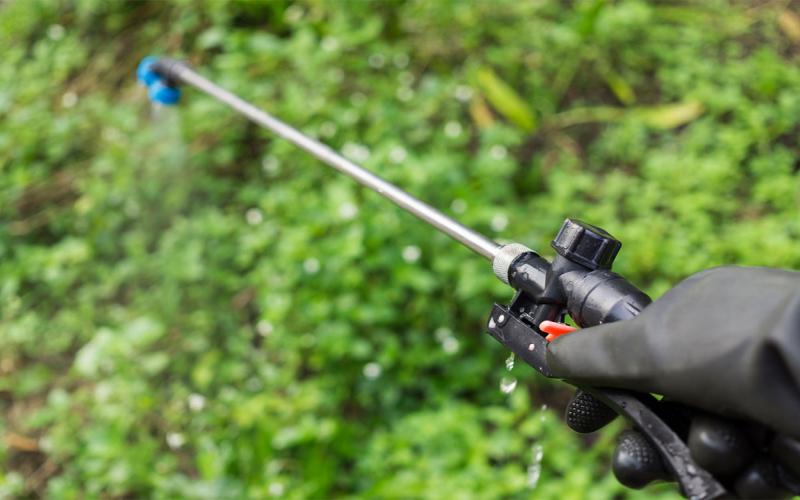
Organic Herbicides: Garden and Flower Bed Weed Control
Many South Dakota homeowners do not want to use inorganic or synthetic herbicides due to potential health impacts. Organic herbicides can be a useful tool for weed control when combined with other management practices.
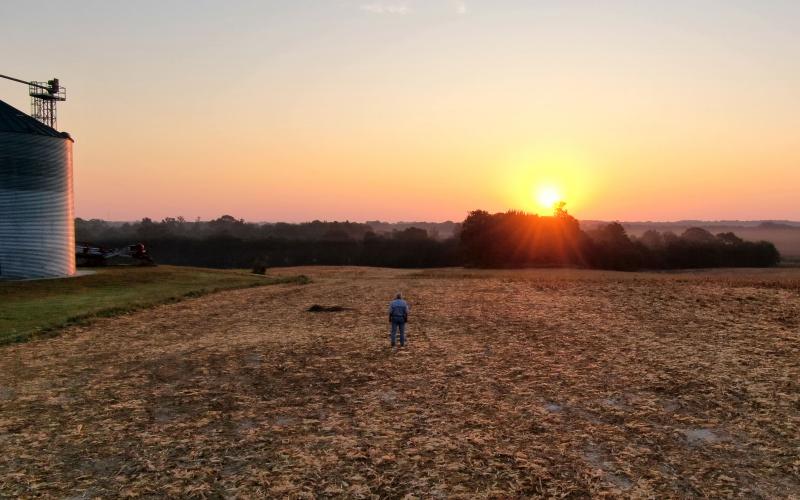
Crop Tolerance to Soil Herbicide Residual
Some herbicides can persist in soil, especially dry soil. Herbicide carryover could be an issue in 2021 across the state depending upon last year’s moisture levels and field conditions.
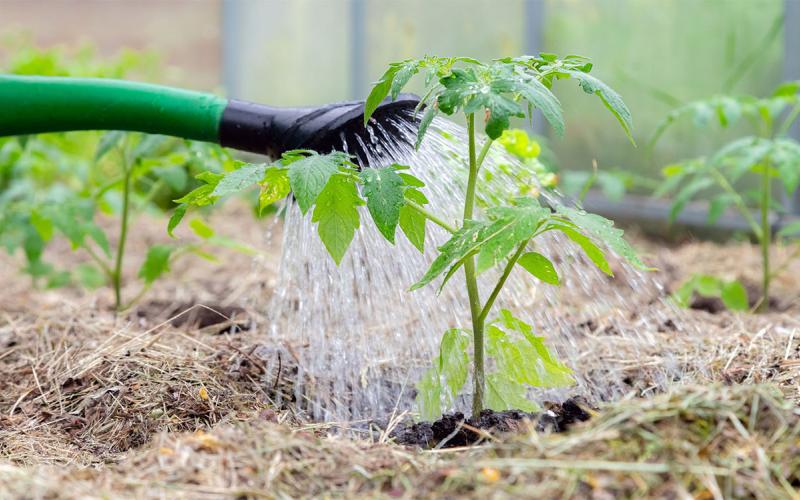
Weed Control in No-Till Gardens
Mulch is the key to successful weed control in no-till gardening. It is best to start a no-till garden in the fall to give applied mulch the time to breakdown and suppress any weed growth.
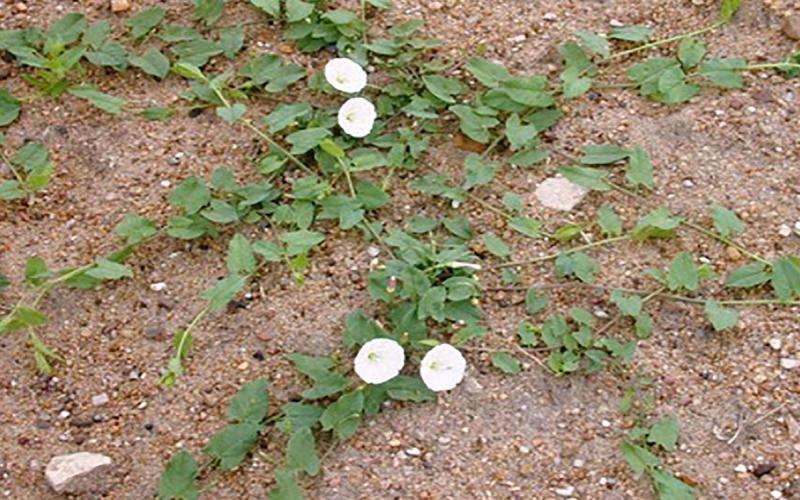
Field Bindweed Control in Yards and Gardens
Field bindweed is one of the most-serious weed problems in South Dakota. Learn some tips for identifying, managing and controlling this invasive weed in your yard and garden before it becomes an issue.
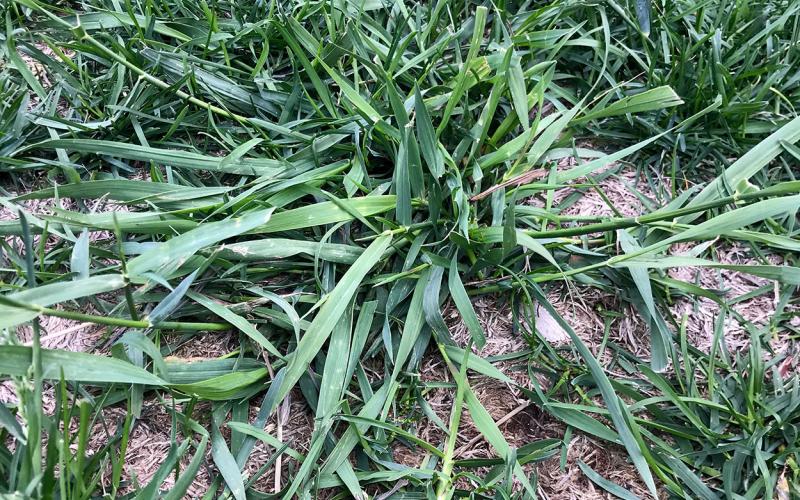
Is Crabgrass Taking Over Your Lawn?
Each year homeowners and businesses typically find crabgrass invading their lawns. If you desire a nice lawn, you may not be happy about this. Crabgrass can be a bit tricky to control—especially after it has established itself for the season.
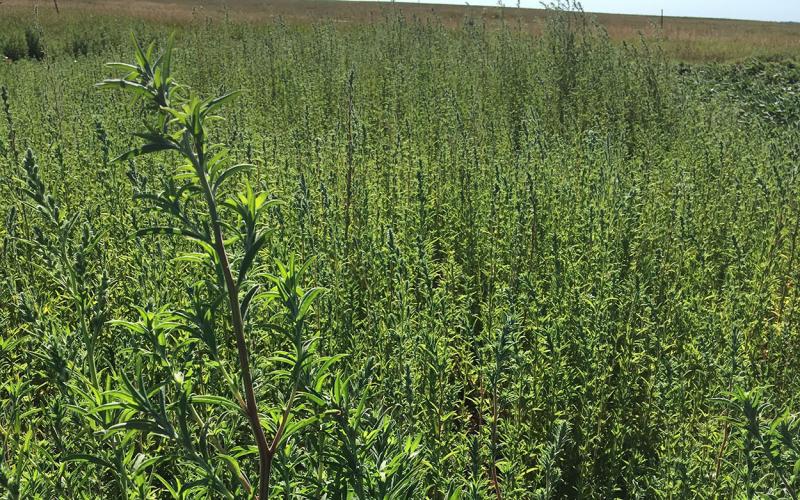
The Fall Advantage of Kochia Control
Kochia is a problem in north central South Dakota row crops. New post-emergent options in corn and soybean have helped alleviate kochia competition from many fields, but these herbicide options shouldn’t be completely relied upon for a long-term control plan.

Marestail Fall Control
Marestail (also known as horseweed) is considered either a winter annual or biennial species that is often difficult to identify at the rosette stage. In the Dakota’s, marestail will germinate in the fall and bolt in the spring.
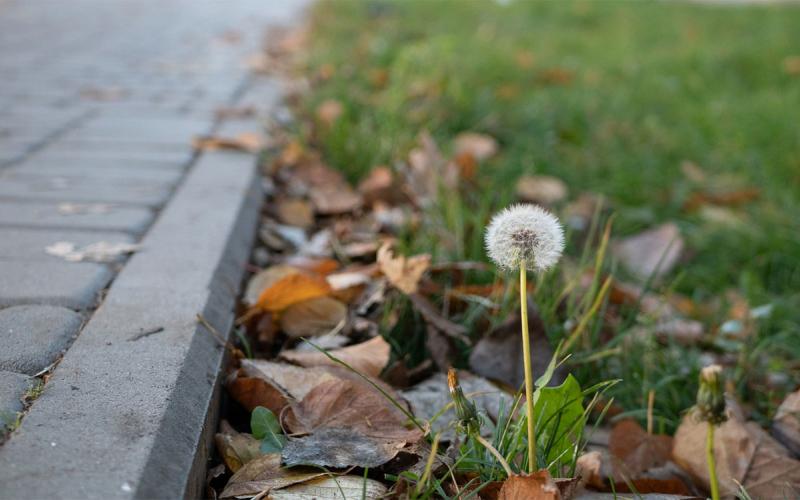
Fall Weed Control in Lawns
In lawns, fall is the best time to chemically control broadleaf perennial weeds. Examples of these weeds could include dandelions, Canada thistle, creeping bellflower, field bindweed and ground ivy.

SNAP EBT Devices for the Farmers Market or Direct Market Farmer
Interested in offering SNAP EBT as a form of payment at your direct market farm or farmers market? Get started today with this resource that explores how to apply and how to select a payment device that fits your market's needs.